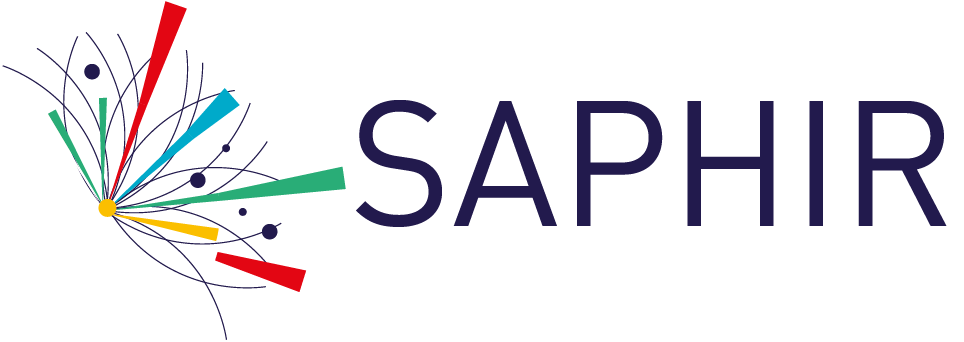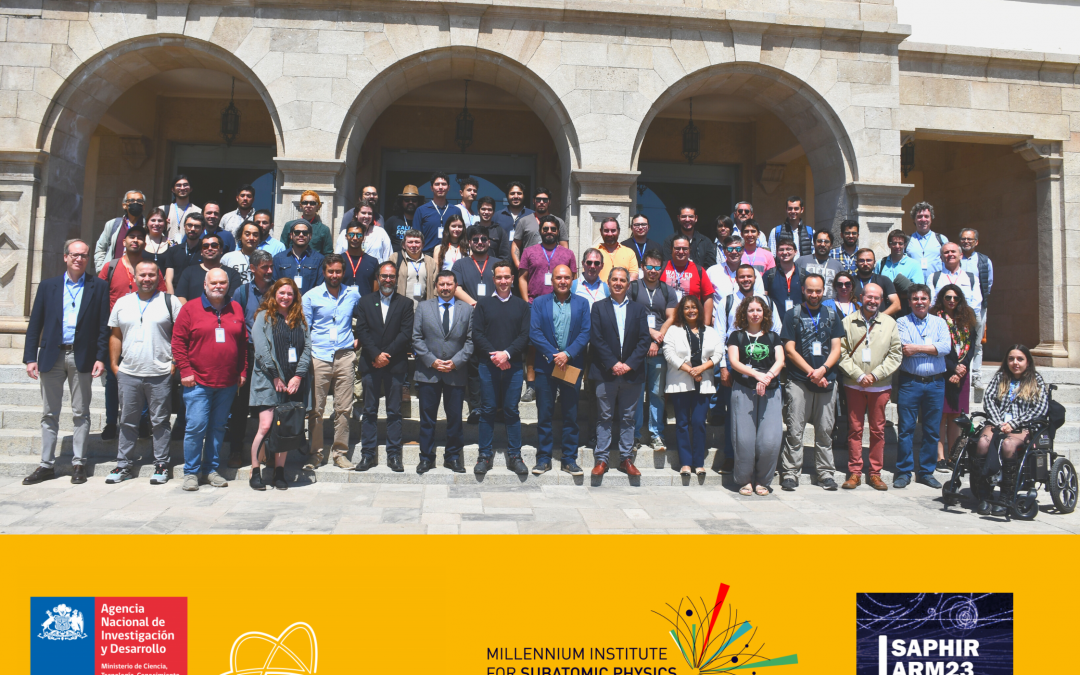The Universidad de la Serena will host the SAPHIR ARM (Annual Research Meeting) 23 -Theory meets experiment-, an annual meeting that brings together particle physicists from different countries, technicians and student members of SAPHIR to share their work and agree on how to apply it to new research and technologies that contribute to improving people's quality of life.
Between January 18 and 20, 2023, some of the brightest minds in subatomic physics will meet at the Andrés Bello campus of the Universidad de La Serena. The attendees have in common that they are part of the Millennium Institute for Subatomic Physics at the High Energy Frontier, SAPHIR (www.instituto saphir.cl) scientific research center funded by the Millennium Science Initiative (MSI) and hosted by five universities: Universidad Andrés Bello, Pontificia Universidad Católica de Chile, Universidad Técnica Federico Santa María, Universidad de La Serena and Universidad de Tarapacá.
The director of the Physics Department of the Universidad de la Serena, Juan Carlos Helo, member of SAPHIR, as general coordinator of the event, highlights the importance of this meeting being held at the University, "This is an instance that enriches all participants, contributes to the international collaborative relationships that the research area of the University may have, reaffirms our work as SAPHIR, but most importantly, it gives our students the opportunity to obtain first hand answers to the essential questions from which any theory and subsequent research in physics is based. We are happy to be the hosts and to be able to show not only the attractiveness of the city, but also that we have the human capital in our region and in Chile to generate knowledge and advances that are a contribution to the world".
SAPHIR brings together scientists who seek to join local research efforts in subatomic physics connected to CERN - European Organization for Nuclear Research - and the Large Hadron Collider (LHC), an experiment that seeks to unravel the mysteries of the subatomic universe and to know what we are made of. Beyond this collaborative relationship, which allows Chilean physicists to be part of the most innovative advances and experiments that can change the existing paradigms in current physics, such as the ATLAS experiment, SAPHIR members are developing studies that seek to improve the quality of life of people and contribute, with empirical evidence, to generate public policies in our country aimed at caring for health and the environment.
Currently, SAPHIR scientists, in a project led by research associate Jilberto Zamora, are monitoring emissions of Radon, a radioactive gas emanating from the earth, which in high concentrations can cause lung cancer, in some places in the north of our country. The idea is to be able to generate a mapping of emissions at a national level, so that this information will allow the authorities to take measures that seek to prevent people from being exposed to harmful levels and thus reduce the development of diseases of great impact on public health.(https://youtu.be/9Sc4otdiles)
Science in action within everyone's reach.
As part of the development of the meeting, on Tuesday, January 17 at 7:00 p.m. on Av. del Mar (in front of the municipal delegation) scientists from SAPHIR will present some experiments that will allow passers-by to become aware of the existence of muons, subatomic particles coming from different sources of the Universe that "rain" on us from all sides and have the characteristic of being able to pass through matter.

